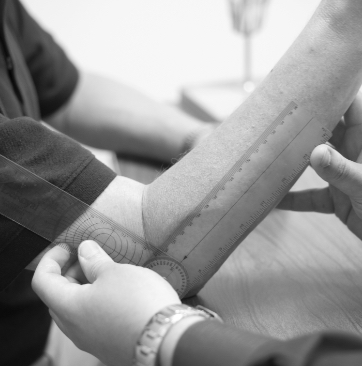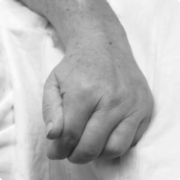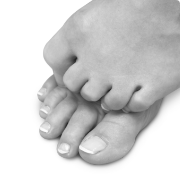Is your care team complete?
Some doctors may already be a part of your care team, like a neurologist and physical therapist. Adding someone to your care team who specializes in the full range of spasticity treatments, like a physiatrist, can make a difference.









